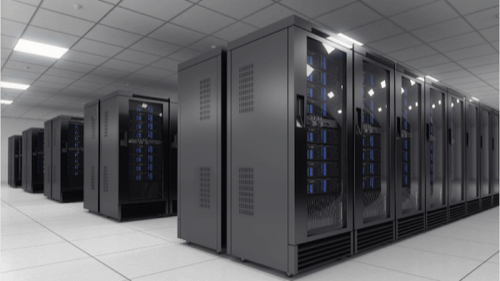
Guest author Ryan Murphey is VP of Facilities and DC Operations for PEER 1 Hosting.
Data center computing demand grew 63% in 2012, requiring enterprises and data center operators to build new facilities to accommodate the market.
Although some data centers may seem to be placed at random, selecting a data center location is a little more strategic than throwing darts at a map. In fact, there are many different factors that affect this decision-making process. The goal is to ensure that new facilities address local service demand efficiently and sustainably while still making a profit (or meeting corporate needs). Whether the plan is to build a new facility or retrofit an existing building, a number of factors must be considered to ensure that the potential $1 billion investment will deliver strong returns, including type of service, proximity to end users, potential for disaster and climate.
(See also Facebook To Build Huge New Data Center In Iowa – Here’s Why)
While all of these factors come into play for data services and hosting providers, many of them are also concerns for enterprises building their own data centers for corporate use.
Is There Enough Demand?
Typically, the first step in hosting companies choosing where to put a data center is talking to customers, prospects and partners to determine where companies are looking for hosting support. This may seem obvious, but for providers to ensure the success of a new data center, they must fill a substantial portion of the facility before the doors even open to guarantee profits during the first month.
If a provider can’t fill enough of a new facility, one way to reduce the financial risk is to use a modular approach. Many companies, including Dell and IBM, use this approach to accommodate growing data center demand quickly, as it allows for the gradual buildout of infrastructure. Additionally, going modular means that providers don’t have to dedicate resources to power and cool unused aisles and racks – they just pay for what’s being used.
Who Needs These Services?
In addition to demand, the location must also match the services to be offered. For example, if a provider is receiving numerous requests for co-located trading equipment on Wall Street, then a co-location facility as close to Wall Street as possible – ideally on the same block – will best serve the demand.
Alternatively, if a provider is predominantly seeing non-latency-sensitive demand across the greater New York area, it can build a hosting facility anywhere nearby. Building a data center on Long Island would cost much less in rent and utilities, and would still be able to meet this market’s hosting needs.
How Likely Are Natural Disasters?
Another element that plays a role in the decision-making process is the number and severity of natural disasters common to the region. For instance, areas prone to tornados, flooding or hurricanes raise a red flag because they could knock out power and damage the facilities. Similarly, operators may shy away from building new data centers along turbulent coastlines and instead look at real estate further inland to avoid water or salt damage.
Hosting providers haven’t always considered volatile weather a determining factor, though. For instance, despite the likelihood of hurricanes and tornados in areas like the Southeast and Midwest, both these areas have a high concentration of data center facilities. But as data center infrastructure and functionality rise in importance, this factor can no longer be ignored – especially since data center outages can cost an average of $5,600 per minute – that’s $336,000 per hour!
What About Free Cooling?
Average temperature is also very important to keep in mind when choosing where to construct a new data center, as it can greatly influence utility costs. Power accounts for an estimaed 50% of data center operation costs, which is why many operators choose temperate environments that won’t add to the heat generated by servers. In a milder climate, operators can also take advantage of “free cooling,” such as open-air cooling, to further cut cooling costs. Large companies like Facebook, Amazon and Apple have been opening data centers to the Northwest region of the U.S. to take advantage of the area’s cool climate and potential for free cooling.
(See also Say Goodbye To The Traditional Data Center.)
Selecting a new data center location follows complex formulas that may not result in the same outcome for every every hosting operator or enterprise.
Every company building a data center will prioritize different goals and concerns. For example, data centers located in Los Angeles face big bills when it comes to climate control, while New York City data centers must grapple with extremely high rent. It’s all a matter of finding an location that offers the greatest number of benefits – without costing a fortune.
Image courtesy of Shutterstock.










